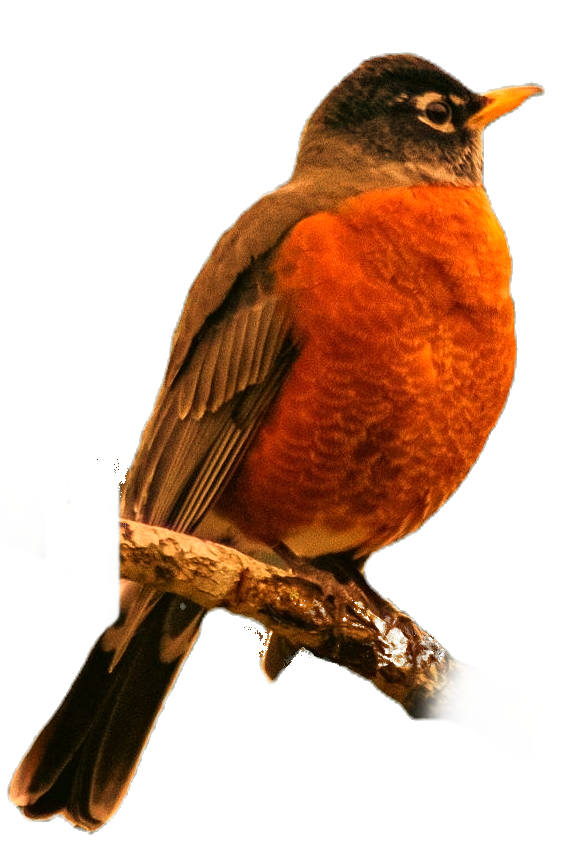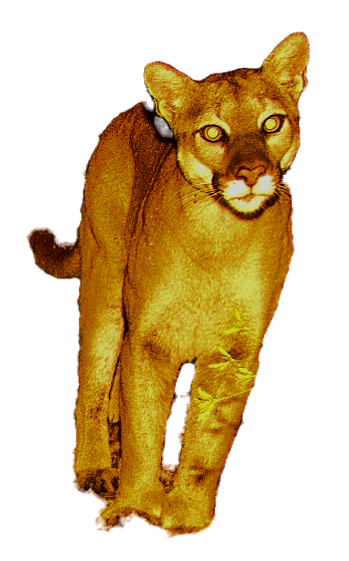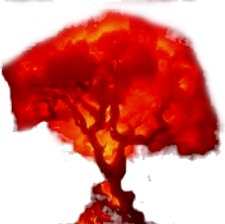The digital portfolio








Figure 1: a photo-realistic image of a fire-fighter working tirelessly to extinguish fires that have ravaged, the firefighter is featured with animals that are native to the area. This photo depicts the significant loss of biodiversity as many animal species have lost most, if not all their species population due to the habitat destruction by the fire. | Background image, courtesy of Abdul Qodir (edited by Imologang Morulane)
Biodiversity Loss: The Silent Crisis
The image (figure 1) depicts a multitude of trees caught on fire on a mountain top, leaving the area, the ecosystem, and the wildlife (lions, birds, frogs etc.,) in it in a unstable and devastated state. South Africa, a region well known as a biodiversity hotspot however, faces constant threat due the alarming decline in whole animal species population. This event is regarded as biodiversity loss, however, on a grand scale due to the extensive damage from the fire on the area. This can be regarded as a contributing factor of slow violence, through their ‘slow’ paced damage and negative impact on the environment. Human activities such as property development, campfires, active cigarette buds, habitat destruction, invasive alien species, and extreme weather conditions or natural phenomenons are the most common events driving many wildlife species to the brink of extinction. In the image, the damaging event of the fire on the environment is very immediate and noticeable, however, there are long term effects to this as expressed by Nixon (2011) and Whitehouse (2015) as a result of the anthropocene epoch. According to Daley (2010), [events like] this consequently result in long term consequences such as the loss of soil fertility, scarcity of tree species, scarcity of wild vegetable, extinction of mushrooms, soil erosion, loss of biological diversity, damage to wildlife habitats, degradation of watershed areas, deterioration of the quality of life is not insulated, and the increased emissions of greenhouse gases due to the disrupted global carbon cycle between the trees and environment.
Eco-critic: This has an extremely damaging effect to the environment as this would expedite climate change, endangering the earth and the life depending on it for survival.
Eco-action: The time is now. It is time for us to take proactive measures to prevent situations like this from happening and focus on creating a sustainable ecosystem . As a society, people underestimate the consequences of small actions. One candle fire is all it takes burn a whole forest on fire and destroy everything and the lives in and around it. Proactive measures that mitigate this challenge include embracing sustainable ways of food and energy consumption (recycling and re-using), leaving no trace behind in ecological environments for preservation (reducing carbon footprint) and not using toxic chemicals in nature.